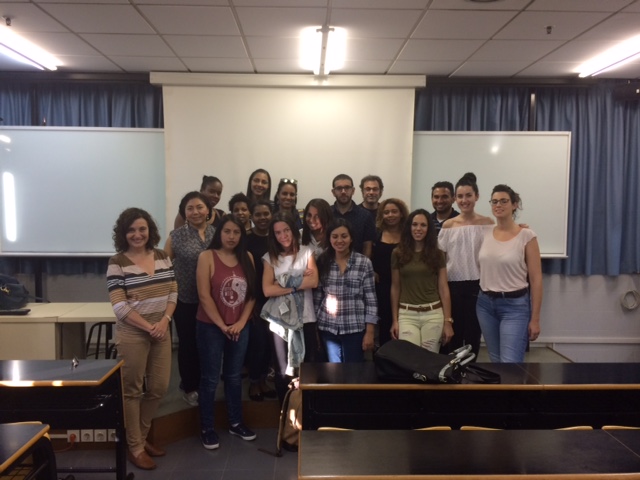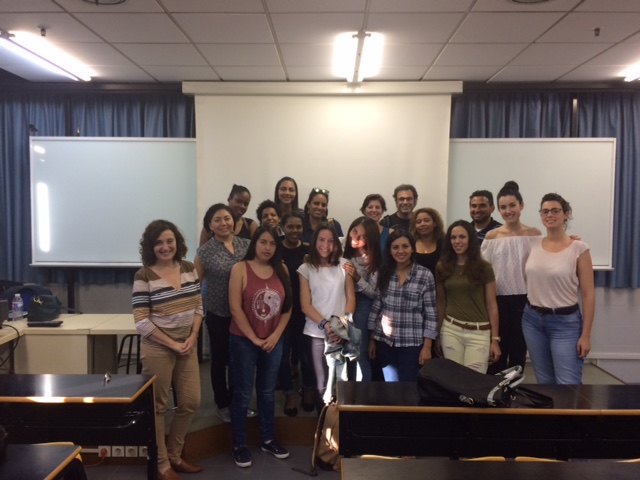
Tropical parasitic diseases are suffered by millions of people around the world, mainly in the tropics, which is where they belong and proliferate. Their transmission is easy and can extend surprisingly fast. Here you have the transmission routes which lead to people’s infection
2 december 2015
1. Consumption of polluted water: infection with diseases such as amebiasis can happen when drinking non-treated water.Water Here we should include the danger of ice cubes which were elaborated with polluted water.
2. Consumption of raw meat or barely cooked meat from mammals, birds, reptiles or amphibian.
3. Consumption of raw fish or barely cooked
4. Consumption of raw vegetables which have not been properly washed.
5. Consumption of unpasteurized dairy: when polluted, dairy can transmit toxoplasmosis after its ingestion.
6. Consumption of raw eggs, or barely cooked ones: when polluted, eggs can transmit toxoplasmosis after ingesting them.
7. Arthropod bites: mosquito bites (malaria, filariasis); horsefly (filariasis); ticks (babesiosis); flies (African trypanosomiasis or sleeping sickness); triatoma infestans (trypanosoma cruzi or Chagas disease).
8. Sexual contact: is a key factor for Trichomoniasis transmission.
9. Transplacental via: it refers to the one a mother transmits to the foetus during pregnancy, as it can happen with Toxoplasmosis.
10. Land contact: another cause of infection may be that of walking barefoot or being in direct contact with the ground or soil; many people have been infected with diseases such as ancylostomiasis or strongyliodiasis.
11. Contact with sweet water: swimming in rivers or lakes, that is in sweet water settings, is a recurring way of transmission for these types of diseases. As an example we have the case of schistosomiasis.











